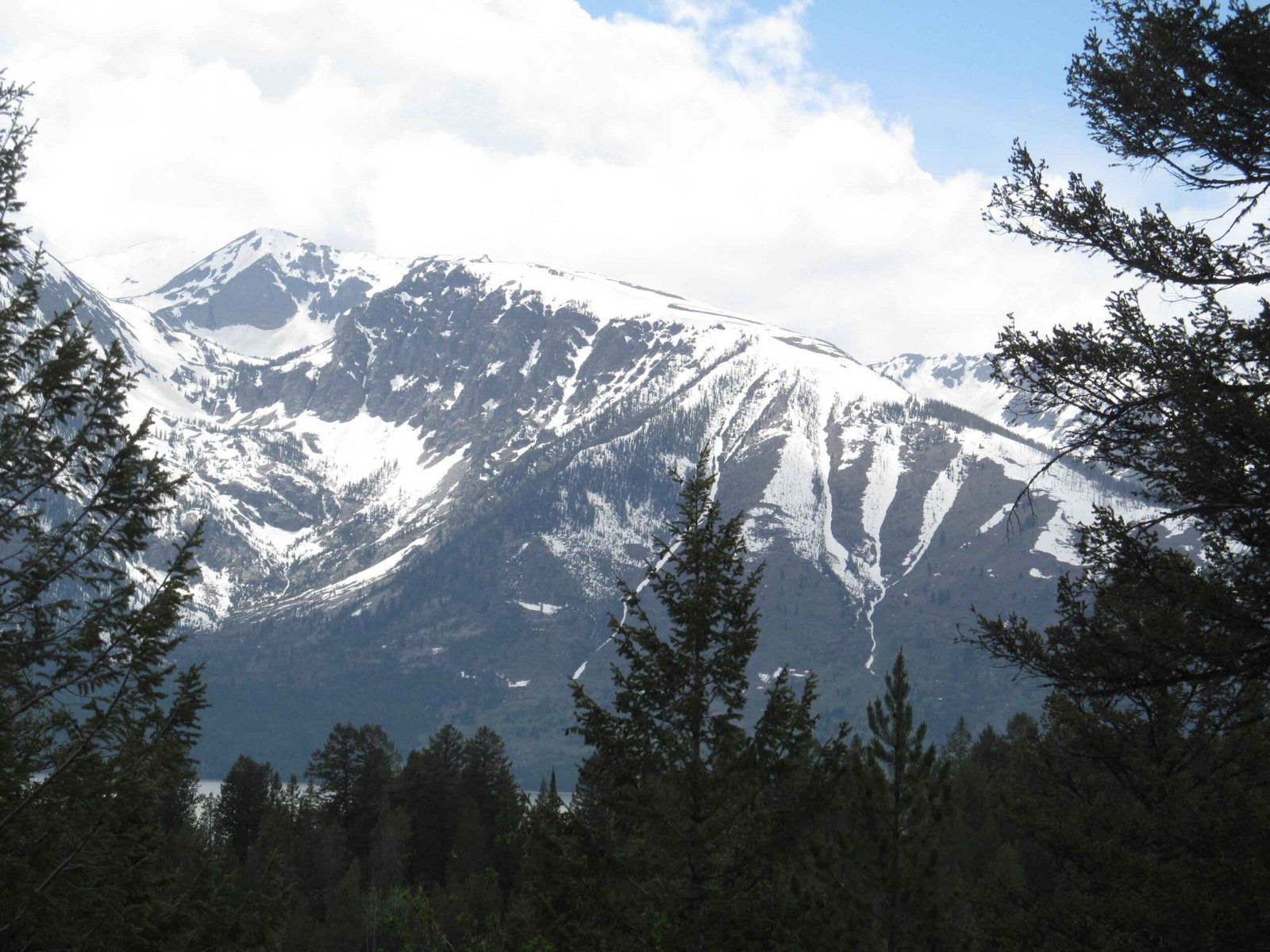Ice climbing in Grand Teton National Park represents an extraordinary winter mountaineering challenge where adventurers navigate frozen cascades, steep couloirs, and challenging vertical ice formations. Nestled in northwestern Wyoming, this pristine wilderness offers world-class ice climbing routes that test technical skills, physical endurance, and mental fortitude against breathtaking alpine landscapes. Climbers encounter diverse ice conditions ranging from delicate WI2 routes to demanding WI4+ vertical challenges that demand precision, strength, and advanced climbing techniques.
What Makes Grand Teton National Park Unique for Ice Climbing?

Grand Teton National Park provides a remarkable ice climbing environment characterized by:
- Diverse Terrain: Multiple ice climbing routes with varying difficulty levels
- Stunning Alpine Scenery: Dramatic mountain backdrops and pristine winter landscapes
- Technical Challenges: Routes demanding advanced climbing skills and specialized equipment
Where Are the Best Ice Climbing Routes?
Prospector Falls
| Route Characteristic | Details |
|---|---|
| Difficulty Rating | WI4 (variations WI2-WI3+) |
| Pitch Length | 70+ meters |
| Access Point | Phelps Lake Overlook |
Key features of Prospector Falls include:
– Complex multi-pitch climbing
– Potential avalanche risk
– Requires advanced technical skills
– Stunning visual landscape
What Equipment Do Climbers Need?
Essential ice climbing gear includes:
- Technical Gear
- Specialized ice axes
- Sharp crampons
- Climbing harness
- Helmet
-
Ice screws
-
Safety Equipment
- Avalanche beacon
- Probe
- Shovel
- Emergency communication device
How Should Climbers Prepare?
Physical and Technical Preparation
- Complete advanced mountaineering training
- Practice ice climbing techniques
- Build upper body and core strength
- Learn avalanche safety and rescue techniques
Recommended Training Programs
- Professional mountaineering courses
- Winter survival workshops
- Advanced ice climbing clinics
What Are the Safety Considerations?
Critical safety factors include:
– Monitoring weather conditions
– Understanding avalanche risks
– Checking ice stability
– Climbing with experienced partners
– Carrying appropriate emergency equipment
When Is the Best Time to Ice Climb?
Optimal Climbing Periods:
– Mid-December through early March
– Temperatures consistently below freezing
– Stable ice formation
– Minimal avalanche risk
How to Arrange Guided Experiences?
Recommended Guide Services:
– Jackson Hole Mountain Guides
– Exum Mountain Guides
– Grand Teton Climbing Rangers
Typical Guided Trip Costs:
– Private Ascent: $2,750 – $3,280
– Group Trips: $1,835 – $2,100
What Skill Level Is Required?
Ice Climbing Difficulty Levels:
– Beginner: WI2-WI3
– Intermediate: WI3-WI4
– Advanced: WI4+
Additional Climbing Tips
- Always check current park conditions
- Obtain necessary climbing permits
- Register climbing plans with park rangers
- Carry comprehensive first-aid kit
- Use satellite communication devices
Conclusion

Ice climbing in Grand Teton National Park offers an unparalleled winter mountaineering experience that combines technical challenge, natural beauty, and personal achievement.

